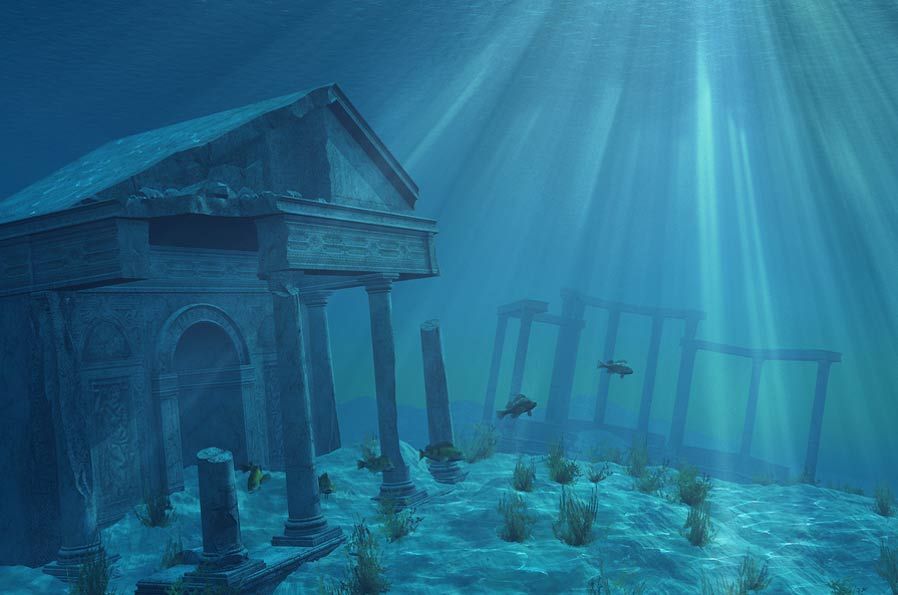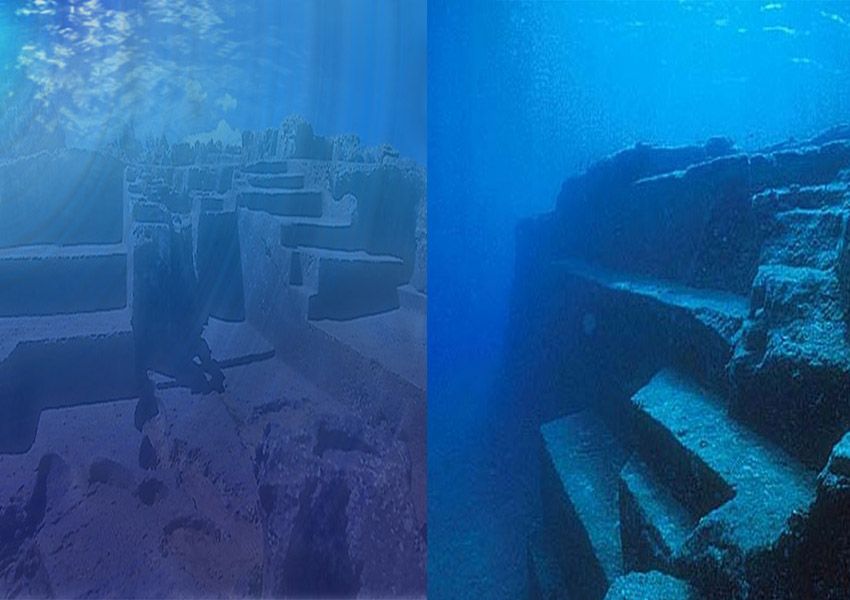DvāRakā - The City Lost Under Water
Jun 05, 2019 • 88 views
Who would have thought that a city older than Harrapan and Mohenjodaro civilisation could be lying beneath the sea?
The local fishermen of Mahabalipuram at the coast of Tamil Nadu believed from centuries that a city more than 1000 years ago was consumed in a great flood. The city was just beautiful. A British traveller J. Goldingham visited Mahabalipuram in 1789 there sailors told him that out of 7 seven temples, 6 were submerged in water. One is still on the shore. The British author Graham Hancock took these stories seriously. He, along with 25 divers of Scientific exploration society discovered the extensive area with a series of shapes and structures which were clearly man-made marvels.
Hancock said, "The scale of the submerged ruins, covering several square miles and at distances of up to a mile from shore, ranks this as a major marine-archaeological discovery as spectacular as the ruined cities submerged off Alexandria in Egypt".
This discovery was a milestone in Indian History. Still, it is not included deeply in books. India's NIO said that they have collected the submerged proof and the seventh temple is remnant of series of 7 temples. They have unearthed the broken structures at Mahabalipuram shore. However, Hancock told that a scientist claimed by observing the residual that it may be 6,000 years old. The Durham University geologist Glenn Milne told him in an e-mail that according to some geologists the structures are more than 5,000 years old. Because of the dominant process driving sea-level change will have been due to the melting of the Late Pleistocene ice sheets. Looking at predictions from a computer model of this process suggests that the area where the structures exist would have been submerged around six thousand years ago. The previous archaeological opinion recognizes no culture in India 6,000 years ago capable of building anything much.

Investigations at each location have shown the presence of the construction of stone masonry, remains of walls, a big square rock cut remains, scattered square and rectangular stone blocks, big platform leading the steps to it amidst of the geological formations of the rocks that occur locally. Most of the structures are badly damaged and scattered in a vast area, having biological growth of barnacles, mussels and other organisms.
Hancock believes far more research needs to be done on underwater relics. “Between 17,000 years ago and 7000 years ago, at the end of the last Ice Age, terrible things happened to the world our ancestors lived in,” he says. “Great ice caps over northern Europe and North America melted down, huge floods ripped across the earth, sea-level rose by more than 100 meters, and about 25 million square kilometres of formerly habitable lands were swallowed up by the waves.
The whole model of the origins of civilisation will have to be remade from scratch- Graham Hancock
The Under Water structures were discovered on the western coast of India, alongside the States of Gujarat and Maharashtra. Earlier than this the City of Dwaraka, where Sri Krishna of Mahabharata made his home, has been found underwater.

There may be civilizations older than dvaraka beneath the oceans about which we do not know. The marine archaeology gives rise to hope of finding unopened mysteries and presense of underwater treasures, relics and marvels.
Thanks for reading.....
